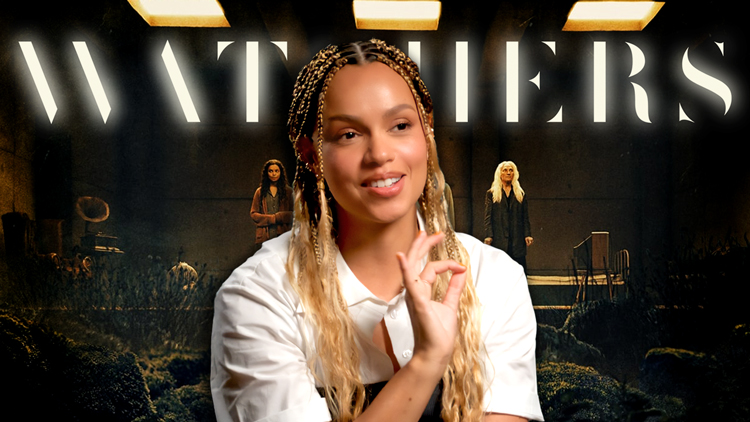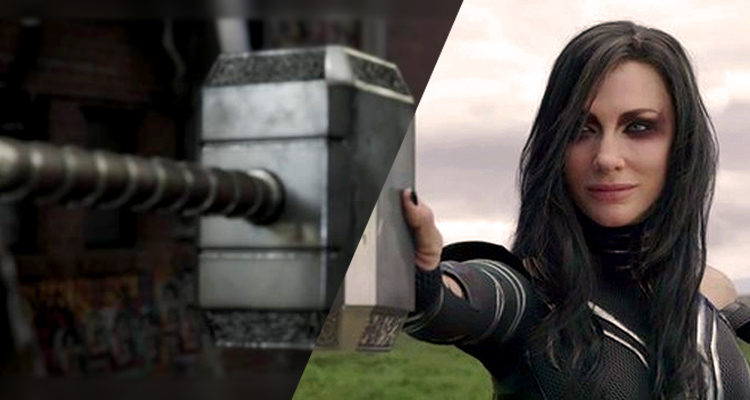Jake Morrison’s body of work in the visual effects arena includes installments of “The Matrix” and “Lord of the Rings” sagas, plus many Marvel Studios films, including “The Avengers.”
Morrison completes his participation in all of the “Thor” entries as the Special Effects Supervisor of THOR: RAGNAROK.
I recently had the chance to talk to him about this latest chapter in the superhero franchise, and much more.
The new movie, directed by Taika Waititi, stars Chris Hemsworth, Tom Hiddleston, Cate Blanchett, Idris Elba, Jeff Goldblum, Tessa Thompson, Karl Urban, Mark Ruffalo and Anthony Hopkins.
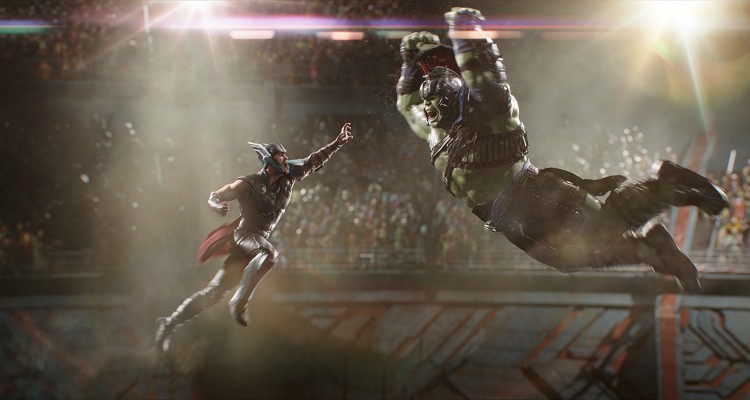
Your main job is to oversee all of the visual effects houses that Marvel Studios uses. Correct?
Yes, that’s exactly right. In this movie, we ended up with almost 2700 special effect shots. It’s like 98% visual effects. I work with the director and the studio, designing interesting sequences, and I also deal with visual effects houses from around the planet. We had 18 vendors from Germany, England, the U.S., Australia, and more.

How do you balance the sensibility of a director, like Taika Waititi here, with the style of the entire Marvel Cinematic Universe?
I think that Marvel embraces the vision of the director. I always hear about “The Marvel Machine,” but it’s actually just a few people that love making movies. They just have the film’s best interest at heart, and this one has Taika’s hallmark all over it. The studio said “Go for it! Make it as weird as you want!” They really want the director to own it.
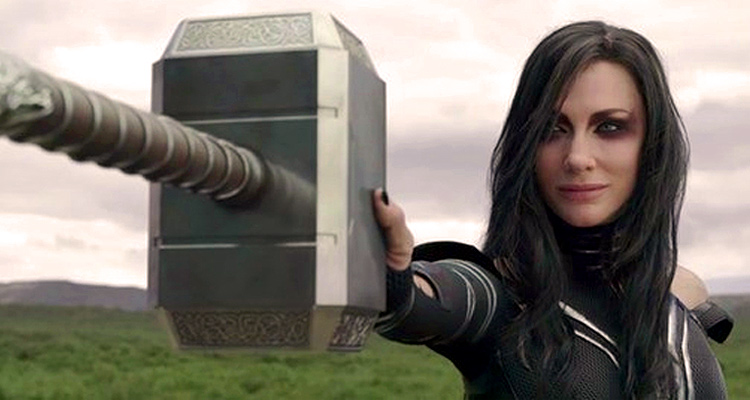
In the first trailer, Hela seems to appear in a NY alley, but in the theatrical version the location is changed to a cliff in Norway. Is that one of the main advantages of shooting in front of a green screen, so it isn’t so painful to change the background later in post-production?
Well, that would be the sensible thing to do. but I have to admit that it was one of the few locations where I didn’t use a blue screen. Like Taika has said, it’s supposed to be a very touching and peaceful scene. The last thing that you want is having New York cabs honking in the background! So we reshot the entire scene on a field in Atlanta, where there are no cliffs, by the way. We used blue screens for digital extensions of the background in post-production, but a digital effects vendor told us that it would be easier for them to replace even the grass that people were standing on. A lot of work went into that scene, just to restage it. But, hopefully, it works and you didn’t notice any of that.
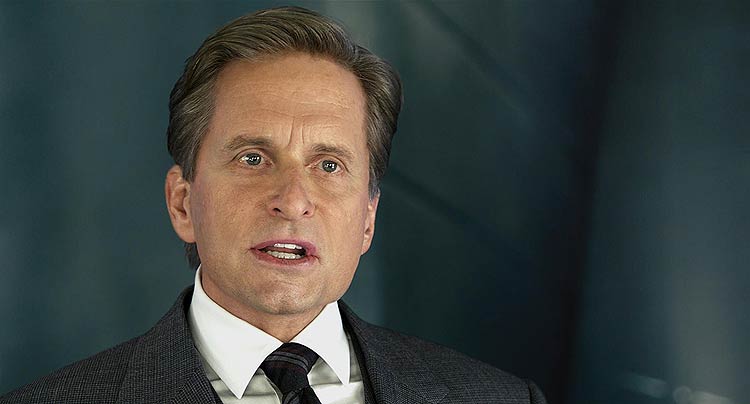
You have also worked on “Antman,” where we see a much younger version of Michael Douglas. There is a lot of talk today about performance capture and digital make-up. Are we getting closer to seeing perfect “digital humans” in movies?
There are only a few companies in the world that can get close right now, but we aren’t there yet. Having digital doubles for stunts, like when the characters jump from spaceship to spaceship in that Sakaar chase scene, works. But that’s very different from having a fully CG creature talking on-camera.
The Michael Douglas stuff that you mention was done in a very old-school way. We had another actor that looks like him, Dax Griffin. We gave him a bunch of Michael Dougles movies so he could study his mannerisms. On set, Michael would do a few takes, and then Dax would perform them with exactly the same dialogue and timing. Then we gave that to our visual effects house, Lola. They took chunks of Dax’s face and then they put them on Michael’s face. That works because it isn’t a fully digital-generated character.
THOR: RAGNAROK is now playing nationwide.
Thor is imprisoned on the other side of the universe and finds himself in a race against time to get back to Asgard to stop Ragnarok, the destruction of his homeworld and the end of Asgardian civilization, at the hands of an all-powerful new threat, the ruthless Hela.




